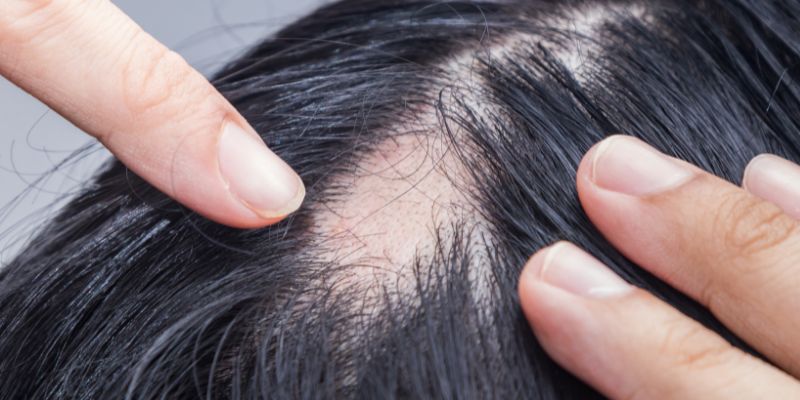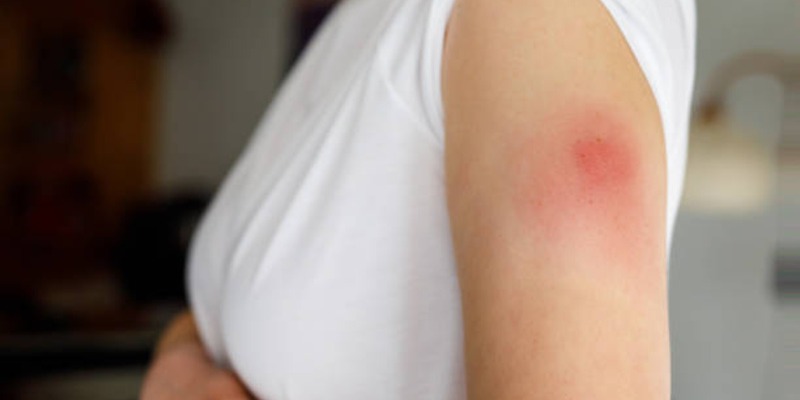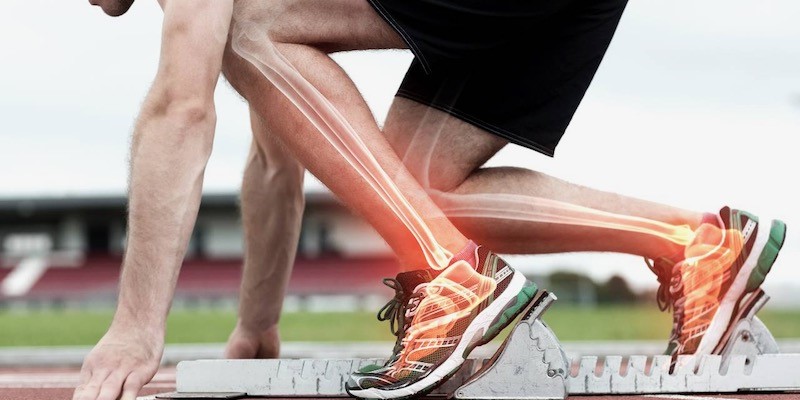Scalp picking is a prevalent yet sometimes disregarded practice that negatively affects one's physical and mental health. The behavior is recurrent and is associated with stress and anxiety, and it is critical to treat it using solutions that work.
This guide will look at doable strategies to stop scalp picking and give insights into what causes it and how to stop it. Knowing and using these techniques will help you break away from the pattern of scalp picking and promote a better relationship with yourself, whether you're looking for personal answers or are helping someone else on their path.

Understanding Scalp Picking
Pulling or picking at hair on the scalp repeatedly is a sign of scalp picking, also called dermatillomania or excoriation disorder. People feel better when they do this behavior over and over again as a way to deal with their mental pain. Understanding this behavior's complex layers is important to find successful ways to stop scalp picking.
When you recognize how complicated scalp picking is, you can offer more caring and individualized solutions to help people stop this harmful behavior and start on the path to better mental and physical health. It's not completely clear why people pick at their heads, but it's often linked to mental illness or stress.

How Does It Impact on Quality of Life?
People who pick at their heads need help with their quality of life in two main areas. If someone wants to pick at their skin, they have to stop what they're doing to do it. As a result, having activities interrupted may make it harder to finish chores without getting stressed or anxious.
Naturally, picking individuals may do things in public, which can humiliate and cause social issues. They feel weak, embarrassed, guilty, and ashamed when they can't control their acts. People who pick at their heads and get open scrapes, scabs, scars, and hair loss suffer emotional distress and uncomfortable questioning and criticism.
Another thing that can lower your quality of life is having to spend more time or money on first aid, makeup, medical care, and hair replacement treatments to hide the wounds you get from picking at your head. Scalp cutting can also get in the way of school, job, or social relationships if bosses, coworkers, customers, friends, or family don't like it.
Tips To Stop Scalp Picking
Understanding the Triggers of Scalp Picking
In the journey to stop scalp picking, it's crucial to delve into the underlying triggers. It involves a self-reflective exploration of stressors, anxieties, or emotional cues that propel the compulsive behavior. Maintaining a detailed journal tracking instances and associated emotions provides valuable insights as a foundation for developing targeted coping strategies. By unraveling the intricate web of triggers, individuals can gain a deeper understanding of the compulsion and pave the way for effective intervention.
Seeking Expert Guidance
Overcoming scalp picking requires the expertise of professionals. Dermatologists, psychologists, and therapists specializing in compulsive behaviors can provide personalized guidance. Cognitive-behavioral therapy is a particularly effective approach, addressing the psychological aspects of scalp picking and seeking professional help important step towards understanding the roots of the behavior and developing strategies for breaking free from the cycle.
Replacing the Habit with Healthy Alternatives
A key aspect of stopping scalp picking involves substituting the compulsion with healthier habits. Keep fidget toys, stress balls, or activities that keep hands occupied to redirect the energy away from picking. It helps break the habit and contributes to developing alternative, non-destructive coping mechanisms. Gradually incorporating these alternatives diminishes the urge to pick over time.
Establishing a Consistent Skincare Routine
A well-thought-out skincare routine is pivotal in minimizing the physical discomfort associated with scalp picking. Using gentle, hydrating products and moisturizers contributes to scalp health, reducing dryness and itchiness. It addresses the immediate triggers and fosters an overall sense of well-being, creating an environment less conducive to the compulsive act.
Embracing Protective Hairstyles to Deter Scalp Picking
Experimenting with protective hairstyles serves as a practical barrier against unconscious scalp picking. Braids, updos, or even wearing hats hinder easy access to the scalp, making it more challenging to engage in compulsive behavior. This approach is not only a physical deterrent but also encourages mindfulness as individuals become more conscious of their actions about their hairstyle choices.
Cultivating Mindfulness Practices for Lasting Change
Scalp picking intertwines with stress and anxiety. Cultivating mindfulness through meditation or yoga provides a powerful tool for managing these underlying factors. By fostering present-moment awareness, individuals can reduce the compulsion to pick and develop a more controlled response to stressors. Integrating mindfulness into daily life becomes a sustainable approach for long-term change, promoting a healthier relationship with the scalp and overall well-being.
How Is Scalp Picking (Dermatillomania) Treated?
Behavioral and psychological elements of dermatillomania (also known as excoriation disorder) must be addressed to treat scalp picking effectively. CBT is a common treatment option since it aids patients in recognizing and altering the thoughts and actions that contribute to their scalp-picking disorder. CBT also helps people learn more effective ways to deal with stress and anxiety.
Medication may be explored alongside psychotherapy for compulsive behaviors when underlying mental health issues are involved. Medication, such as antidepressants or anxiety reducers, may be recommended to help with symptoms and supplement the entire therapy strategy.
Treatment success can be improved by including the patient's loved ones and friends in their care. Dermatologists and mental health specialists may help manage physical effects like infections or scars. Treatment for scalp picking is most successful when it takes a multifaceted approach, including psychotherapy, medication, and a strong social support system.
Conclusion:
In conclusion, getting over scalp picking is a trip that needs knowledge, dedication, and a variety of approaches. People can slowly break free from the cycle of scalp picking by figuring out what sets them off, getting professional help, and making better choices.
Setting up a regular habit for skin care, wearing hair in safe styles, and practicing mindfulness all help the intervention work better. With hard work and a well-thought-out plan, people can regain control of their lives, helping them have a better relationship with their skin and improving their general health.




